Alzheimer’s: The price of loneliness
The number of people living with Alzheimer’s disease and related dementias (ADRDs) is projected to double over the next 20 years.
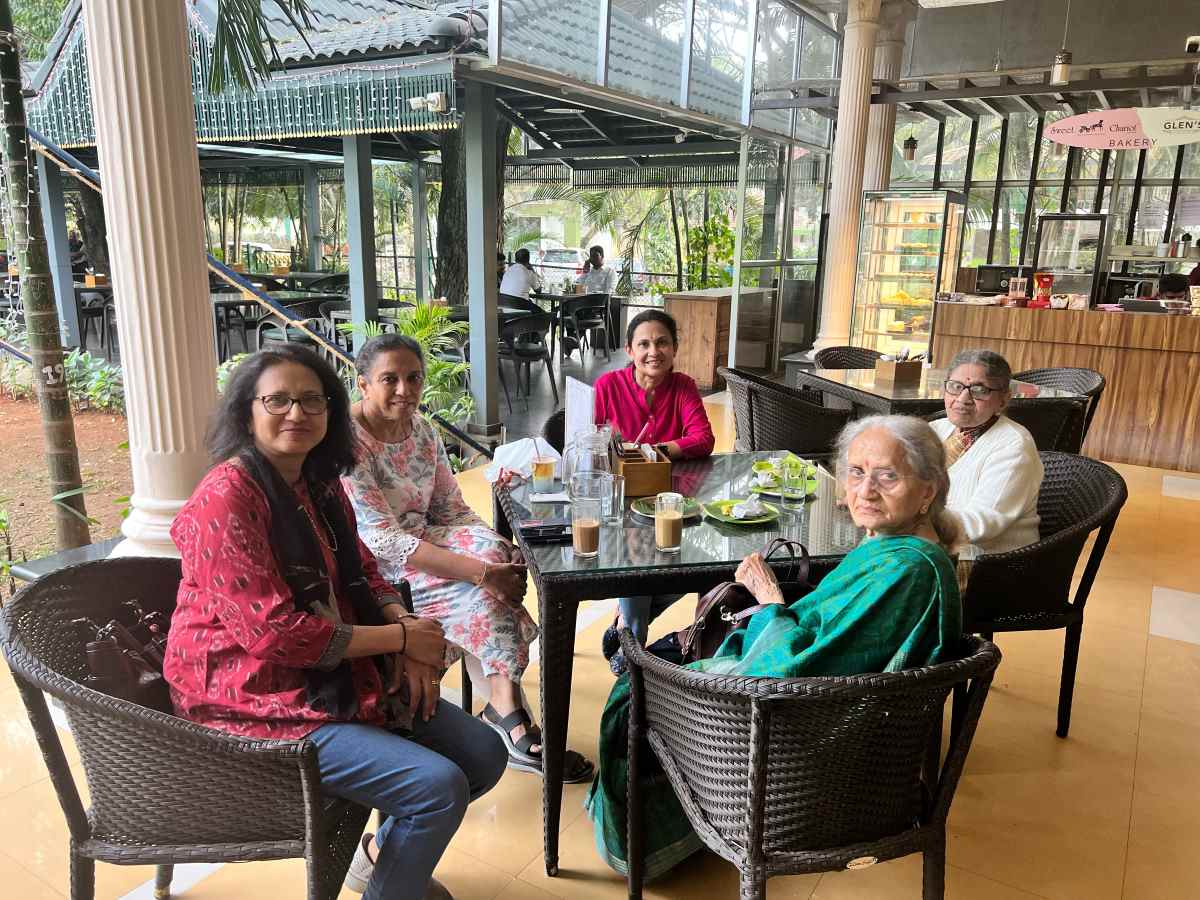 Sharmila Kumar with her mother and her friends in Saratoga CA. / Sharmila Kumar
Sharmila Kumar with her mother and her friends in Saratoga CA. / Sharmila Kumar
Sharmila and Anil Kumar of Saratoga, California were traveling through Europe this summer when they came across a bowl of Oma’s soup at the Rembrandt Corner, a Dutch bistro in the heart of Amsterdam. The menu stated that the soups are made by elderly people to raise awareness about loneliness. They ordered a cup. Communities are coming together in a structural fashion to relieve isolated elders of loneliness, a scourge that can be both the result and cause of Alzheimer’s.
Oma’s Soep works to create opportunities for the elderly to cook together with young people throughout the Netherlands. “This soup is sold in several restaurants in the city,” said the menu.
 Rembrandt Corner Dutch bistro serves up a bowl of grandma’s soup. / Sharmila Kumar
Rembrandt Corner Dutch bistro serves up a bowl of grandma’s soup. / Sharmila Kumar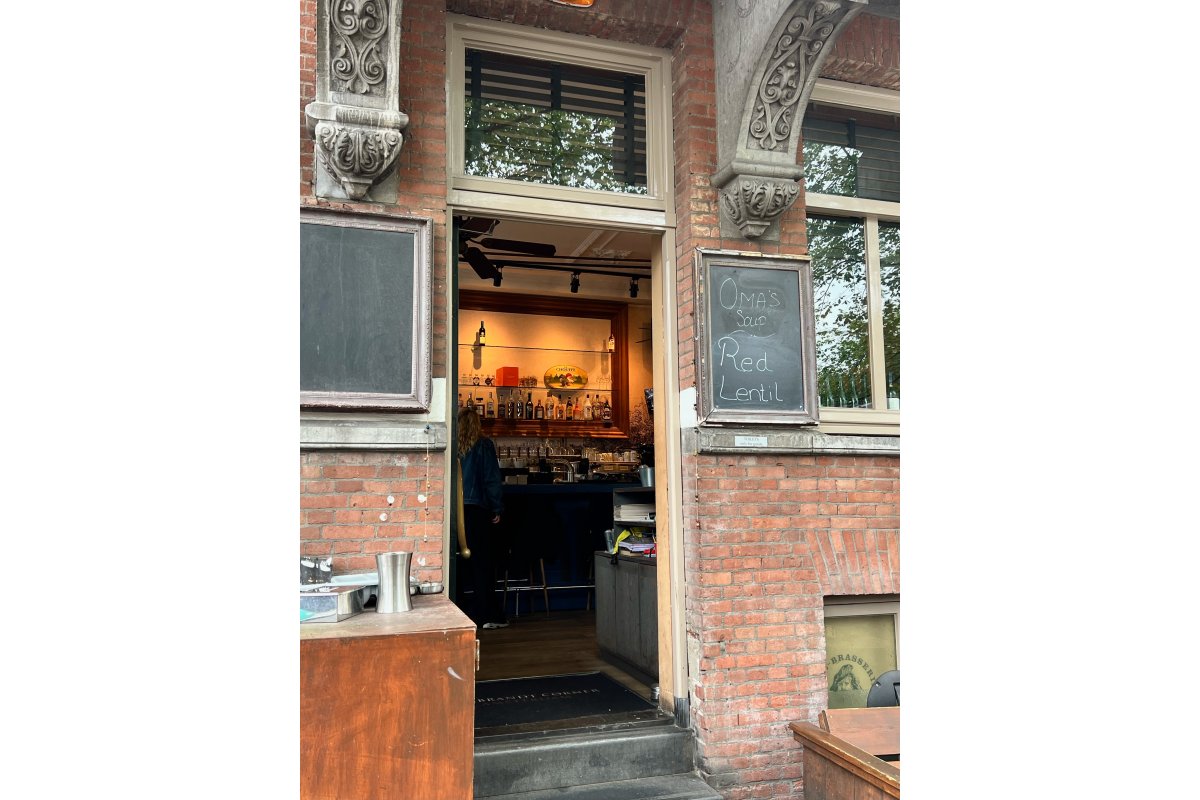 Oma’s Red lentil soup advertised by the bistro. / Sharmila Kumar
Oma’s Red lentil soup advertised by the bistro. / Sharmila KumarSixty-two-year-old Sharmila Kumar is familiar with the importance of organizing card sessions for her mother, an activity that she enjoys, and keeping her mentally engaged by taking her to visit other senior friends. She also plays golf with the older members of the Saratoga Golf Club and visits senior centers.
The Surgeon General of the United States has highlighted the immense impact loneliness has on health outcomes.
.jpg) Oma’s soup on the menu. / Sharmila Kumar
Oma’s soup on the menu. / Sharmila KumarAlzheimer's is now the second leading cause of death in California and loneliness has a role to play, said Dr Rita Nguyen, Assistant Health Officer for the State of California and Director of Population Health, California Department of Public Health, during the Ethnic Media Services briefing on June.13.
“Alzheimer’s is projected to double by 2040,” she said.
“The underlying social drivers of the disease are the structural setups of our society,” said Dr Rita Nguyen. “It is not just about telling people to eat well and exercise but how do you build communities and economic structures that enable people to live safely, eat well, and be active.”
“We at the California Department of Public Health are trying to find ways to help promote connectivity,” said Dr Nguyen. “We have new funding to address it and rural communities are one of our priorities for exactly that.”
What can be done to bridge healthcare gaps rural America faces?
Rural California is home to 2.3 million residents. It accounts for almost 6 percent of the state's population. California residents tend to be older. The rural residents tend to be older than the urban residents. And when it comes to the impact of Alzheimer's disease on California's rural communities, it's important to understand these geographic economic and cultural barriers and equities that can make it harder for families to and for individuals to access resources.
Currently, more than 690,000 people in California are living with Alzheimer’s disease, and there are over 1.34 million unpaid caregivers according to the Alzheimer’s Association.
Based on the structural differences that exist between urban and rural, we don't have the same resources in rural settings. Healthcare can be hard to come by.
California’s long-term services under Medi-Cal
Hagar Dickman, senior attorney with justice and aging, works on California's long-term services. He supports home and community-based programs in California with a focus on Medi-Cal, California's Medicaid program. Medicaid is the largest payer of long-term care. Access to Medicaid services is really essential for individuals with long-term care needs.
At the Ethnic Media Services briefing, Dickman shared findings from their study of access to Medicaid programs with focus on identifying barriers to personal care services for individuals, specifically those who can't direct their own care and don't have family caregivers under Medi-Cal. “Family caregiver is a resource that a portion of the population just doesn't have,” said Dickman.
California's largest program for personal care for low-income adults is the in-home support services program which serves 700,000 individuals. It is really an essential program for keeping older adults and individuals with disabilities to live in the community and stay out of nursing home care. It's a self-directed program which means that consumers have to find and hire and supervise and if necessary, fire their caregivers. Seventy percent of HSS users actually have a family caregiver. People who can't direct their care like individuals with Alzheimer's and who don't have family caregivers are a concern.
Similarly, the assisted living waiver (ALW) provides for assisted living as a Medi-Cal benefit and HCBA, available under Medicaid, provides personal care services. HCBA clients live in a community-based residence instead of a skilled nursing facility or other long-term care settings.
Dickman and his team held over 80 focus groups interviews and surveyed over a hundred individuals statewide about these barriers and found consistently across the state that low-income individuals with mid-to-late Alzheimer's and dementia really have no community care options. They are unable to access the personal care programs and face particularly significant challenges in rural areas.
“We also found that there are significant ramifications for unmet needs for individuals with these conditions. Going without care, individuals with dementia and related conditions have to go into institutional care or die in hospitals or at home,” he said.
Programs like the Assisted Living Program have long wait lines and are available only in 15 of California's 58 counties. Programs are underfunded and a lot of centers are actually closing.
People often live just too far away from the service or from an available caregiver and because transportation doesn't exist to help them to get where the services are they really can't access them. There's also a shortage of skilled nursing facilities in rural areas so people really have nowhere to go in their communities and either have to choose to stay in their home or to move out of their community to access skilled nursing.
“Once Alzheimer's dementia advances to mid to late stages of the disease, often in despair, the local health workers call adult protective services to step in even though adult protective services really can't do anything to assist in these kinds of situations.”
Policy solutions that may work in urban areas really are not appropriate for rural areas, Dickman felt. It really needs to be coupled together with the service.
ADVERTISEMENT
ADVERTISEMENT
E Paper
Video



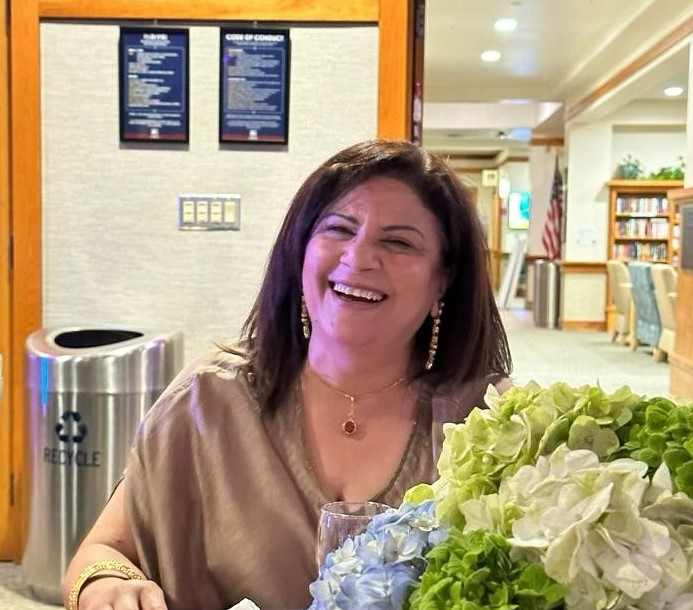 Ritu Marwah
Ritu Marwah 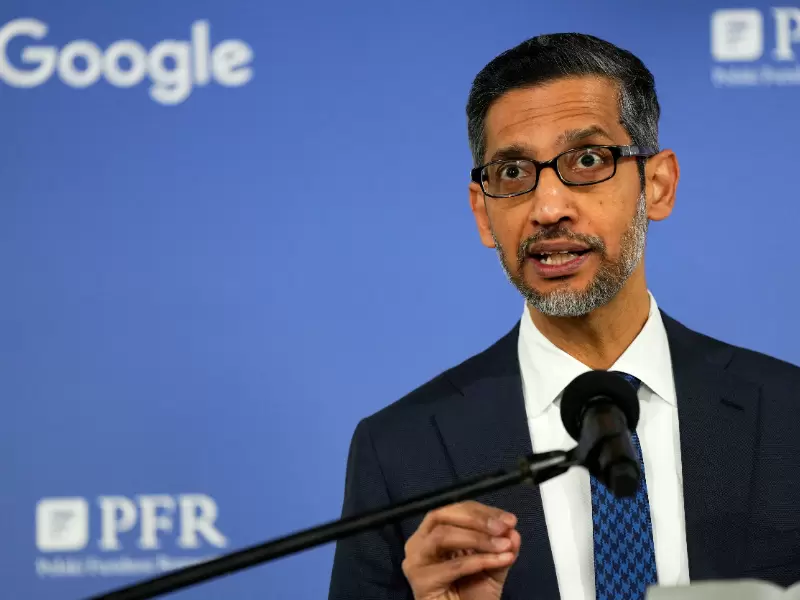

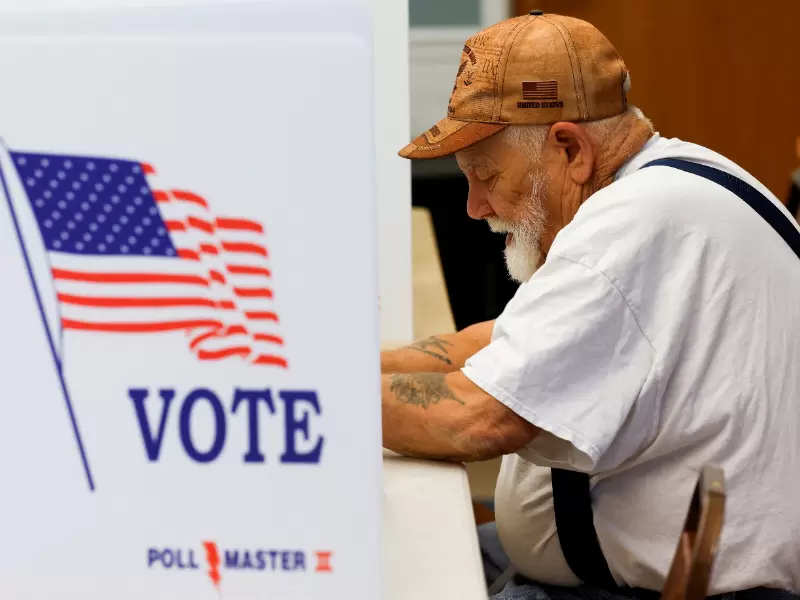

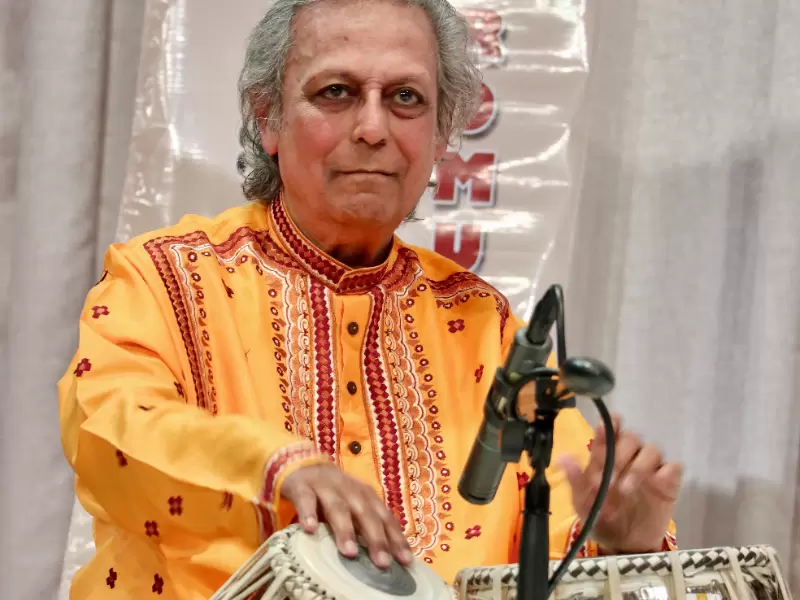
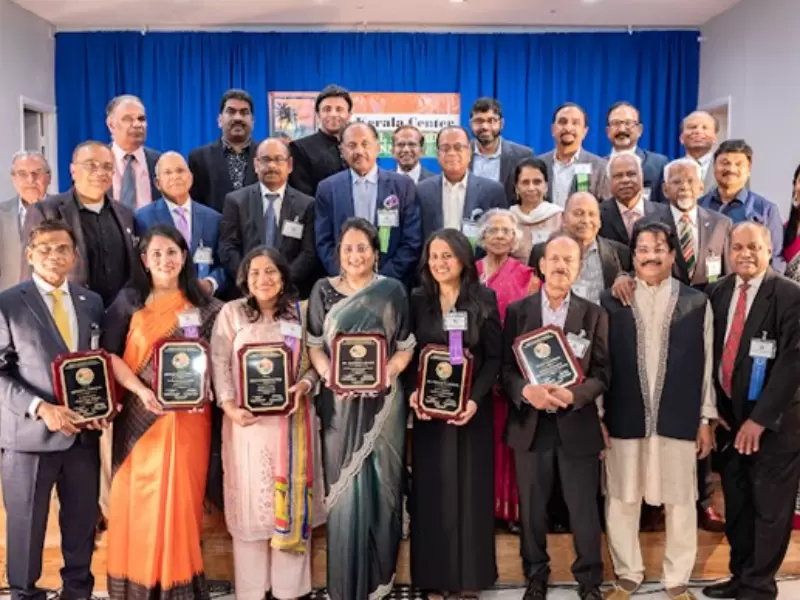
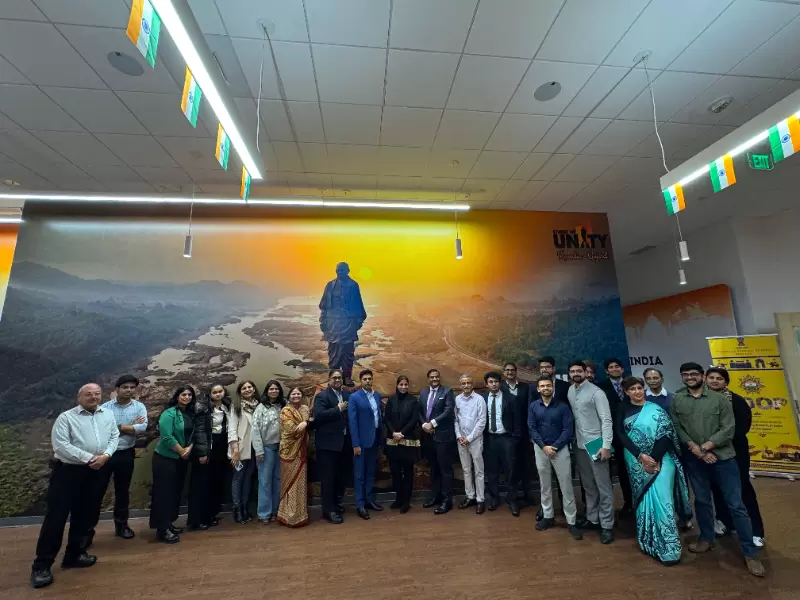
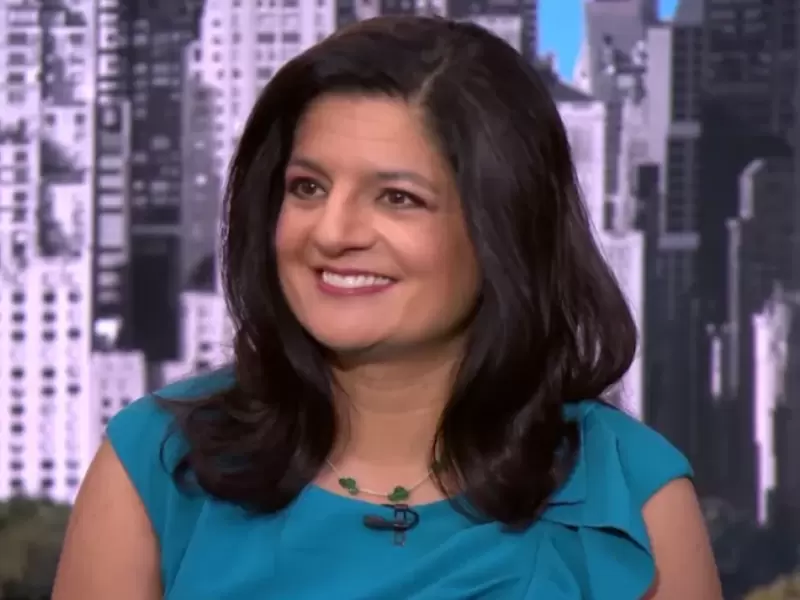

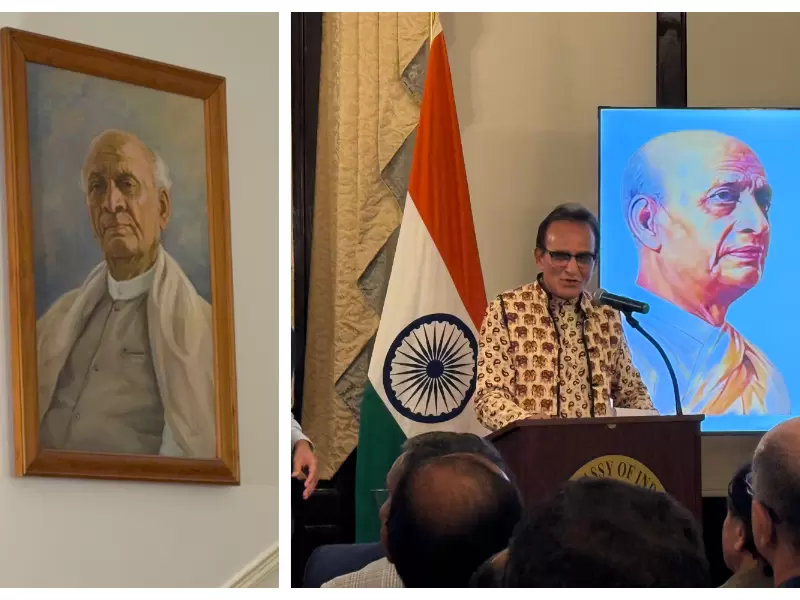
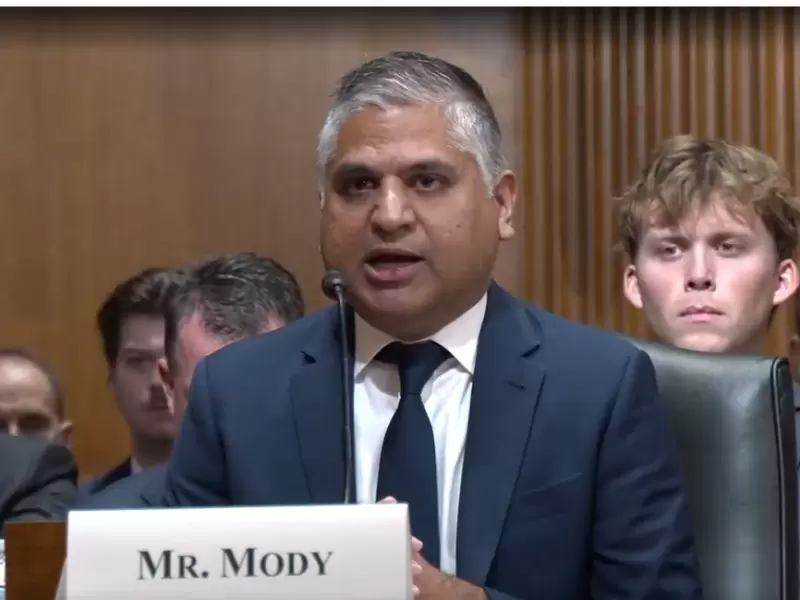
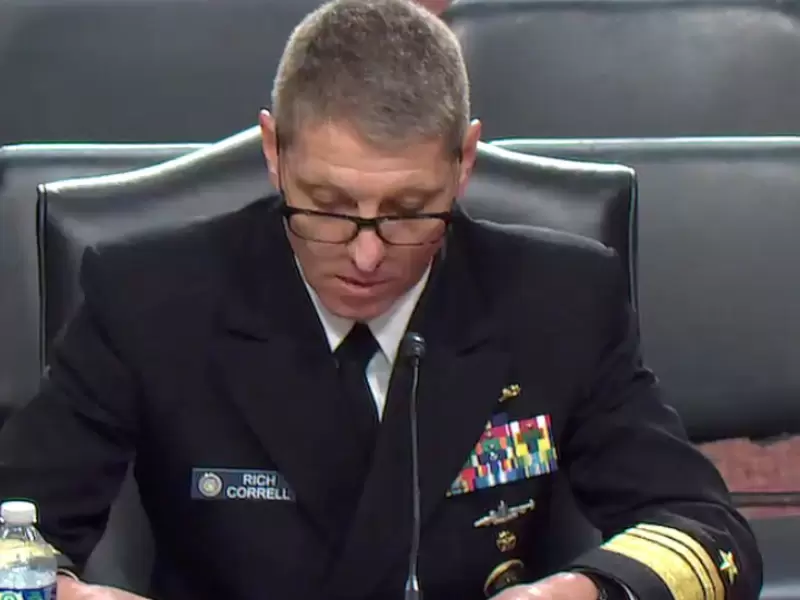

Comments
Start the conversation
Become a member of New India Abroad to start commenting.
Sign Up Now
Already have an account? Login